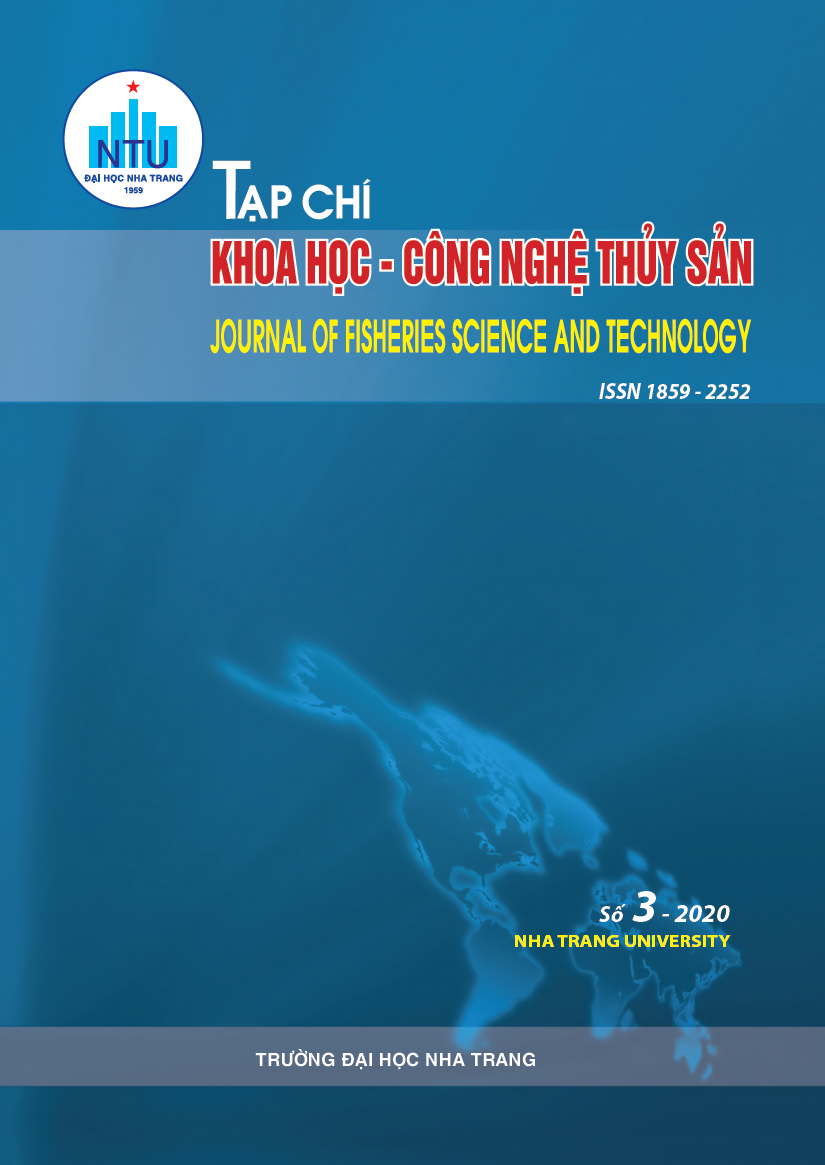##plugins.themes.huaf_theme.article.main##
Abstract
Two successive experiments within 11 weeks each, were carried out to examine growth performance of juvenile lobsters to pelleted diets. In both experiments, lobsters (mean initial weight of 0.29 g) were allocated in groups of 30 animals in 16 150-L tanks, fed 6 times daily to satiation. The water quality parameters in both experiments were in adaptive ranges of lobsters. Four dietary treatments in the fi rst trial have the same protein content of 550 g kg-1 dry matter (DM) and four different lipid contents (nominally 60, 80, 100 and 120 g kg-1 DM). Maximal growth performance was determined to occur at dietary lipid content of 9%. In the second trial, four dietary treatments had the same protein and lipid contents (of 550 and 97 g kg-1 DM, respectively) and the only difference in n-3 HUFA content (nominally 18, 20, 22 and 24 g kg-1 DM). Maximal growth was interpolated to occur at dietary n-3 HUFA content of 1,9%. The results indicated that the optimal dietary lipid and n-3 HUFA content of the diet for P. ornatus in this juvenile stage was about 90 and 19 g kg-1 DM, respectively
Key words: feeding, lipid, n-3 HUFA, nutrition, ornate spiny lobster.

